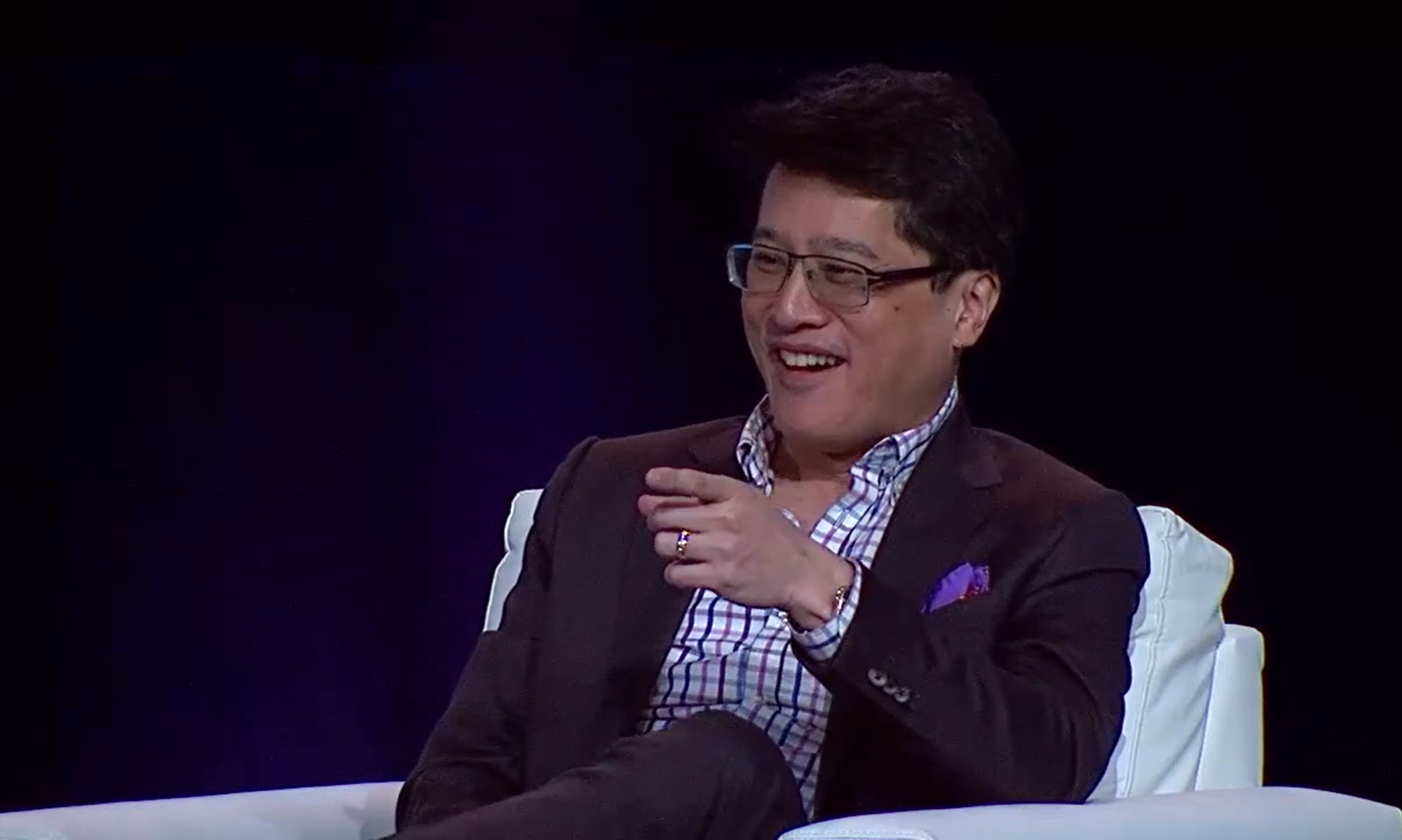Steve Shu here. OK. I took a little liberty with the title of this post as my wife is away for an extended period teaching in France at the business school at INSEAD, and she asked me to help her post the next blog entry in a series of posts on marketing. As some may recall, these posts are based on a talk she gave to the PR firm, The Richards Group.
The Richards Group represents a number of well-known clients such as
AIM Investments, Comcast, Corona Beer, Fruit of the Loom, The Home
Depot, M.D. Anderson Cancer Center, Nortel, and Sub-Zero Freezer
Company.
Here’s what has been covered so far in this series on marketing:
Now we have a post on bondage and putting on the handcuffs for corporate and organizational benefits … well, you decide what the title should be. I don’t think I’m too far off though.
Steve Shu (for Suzanne Shu)
/***********************************/
My previous comments focused on marketing trends toward
increased choice for consumers, and the possible negative side effects of all
that increased choice. One side effect, documented by Barry Schwartz and
others, is that too much choice can be overwhelming for consumers. Dealing with
so many options requires that we know what we like, or that we can get fast
feedback from the choices so that we can refine our future selections
accordingly. The other negative side effect of increased choice is increased temptation.
Having a bigger selection of chocolate pastries at the buffet’s dessert bar
always means that I’ll end up eating more dessert than I intended to. To deal
with these temptations, we often impose self-control rules to limit our
behavior. I’ve learned to limit myself to a single visit to the dessert bar for
a single choice, no matter how tempting the rest of the selection is. (An even
better option is to send Steve on my behalf, so I don’t have to see everything
I’m missing out on!)
As a marketing professor, I’m intrigued by companies that
have found creative ways to help us avoid temptation. These companies actually
make a profit by helping us restrict out own choices. Note that I’m not talking
about the simple approach taken often by credit card companies and banks, which
has been to just depict consumers with self-control problems in their ads. This
style of advertising recognizes the problem but leaves it to the customer to
actively decide how to tackle it. It also implies that exerting self-control
requires a lot of hard work, not necessarily a message that customers want to
hear. The best solutions are more clever and subtle, and (I think) more
successful at helping consumers constrain their own choices. Several years ago,
a couple of decision-making researchers investigated movie selections made in
rental stores and at theaters. While many movie watchers expressed good
intentions for watching serious, Oscar-worthy films (like Saving Private Ryan),
they often gave into last minute desires to switch to more entertaining
blockbuster comedies and action flicks. The researchers suggest that this is
why many serious movies are released in single-screen theaters, where last
minute temptations are constrained. A more recent example involves cell-phone users
making drunken late-night phone calls to ex-lovers or bosses. Cellphone
companies now offer customers, for a price, the opportunity to block outgoing
calls to specific numbers before they start hitting the bars. In other words,
they are offering their customers a way to limit their own future choices.
The result is a difficult balancing act. Consumers want
choice and control, but they also realize they have self-control problems. And
yet they also do not want to hand over control to someone else. Instead, what
they really want is a way to control their own self-control problems – rather
than having an external provider restrict their choices, they want to be the
ones setting their own restrictions.
Let’s return to the retirement savings problem to see how
such a solution might work. SMU, where I work, has decided on behalf of its
employees that too many of us lack the self-control needed to put money aside
for retirement, so 401k deductions are mandatory for everyone over age 35. But
is forced saving the only answer? A more clever solution, now being used by
many companies with the help of 401k plans like Vanguard, is a program called
Save More Tomorrow. Their program recognizes that many individuals know they’re
not saving as much as they should, but that it’s also painful to increase
savings immediately. So employees are encouraged to pre-commit to future
savings increases timed to start simultaneously with their next raise. The
results from implementing this program have been dramatic in terms of increased
savings rates for employers who have adopted the plan; average savings in some
companies has increased from under 3% per year to over 10%. Again, the key is
that individuals realize that they have self-control problems, and the solution
allows them to restrain their own
future options, rather then imposing restrictions upon them from an external
source.
Suzanne Shu
